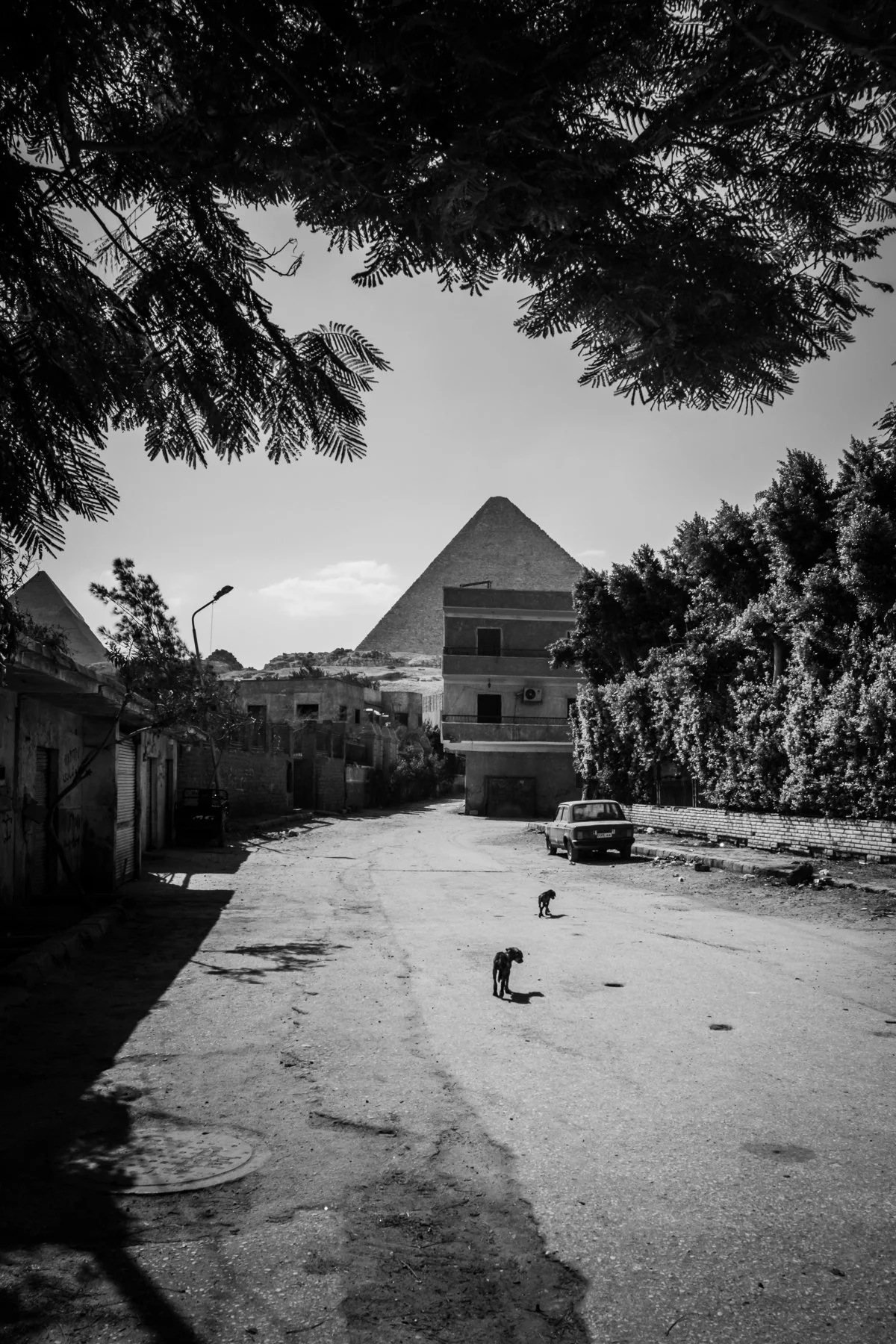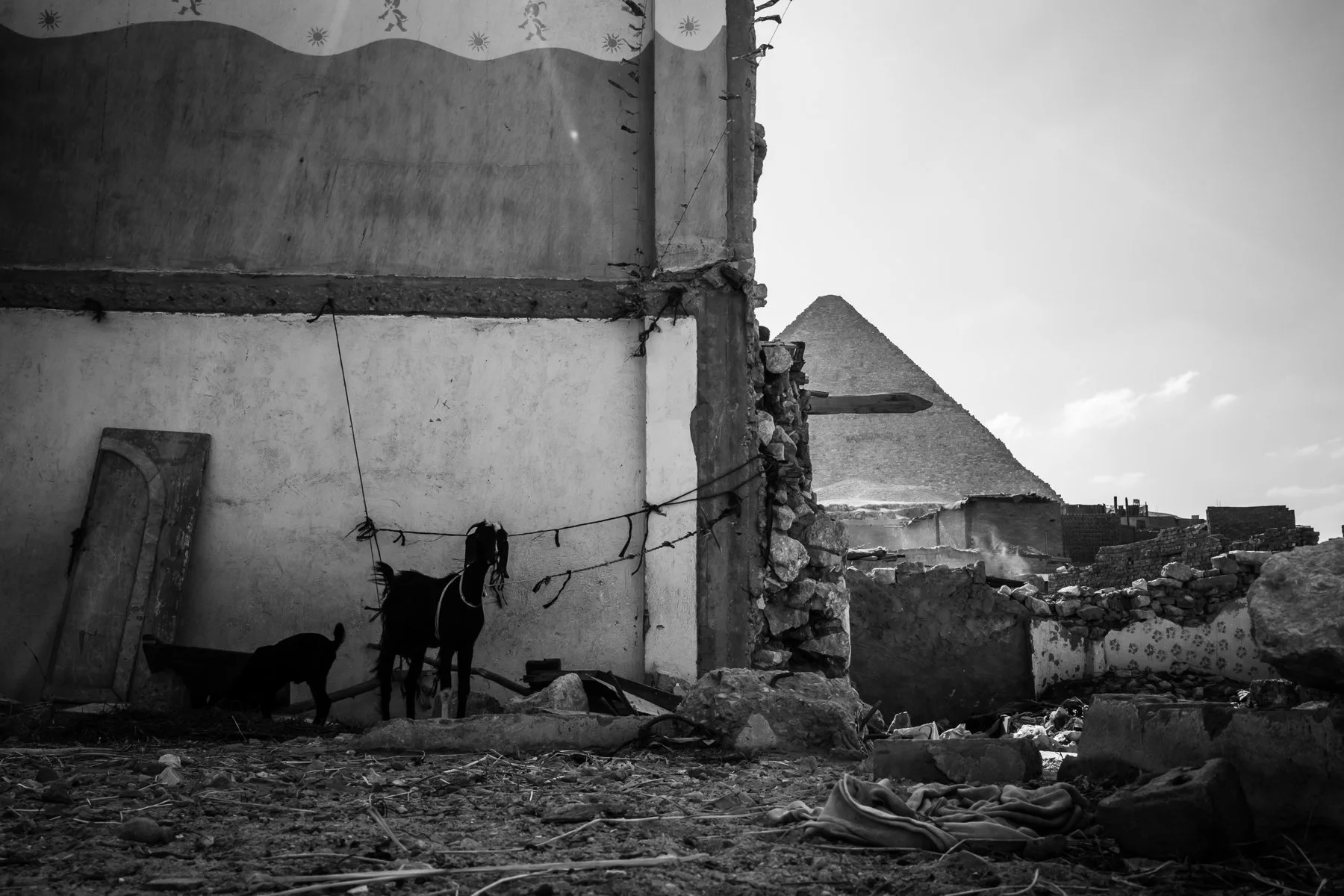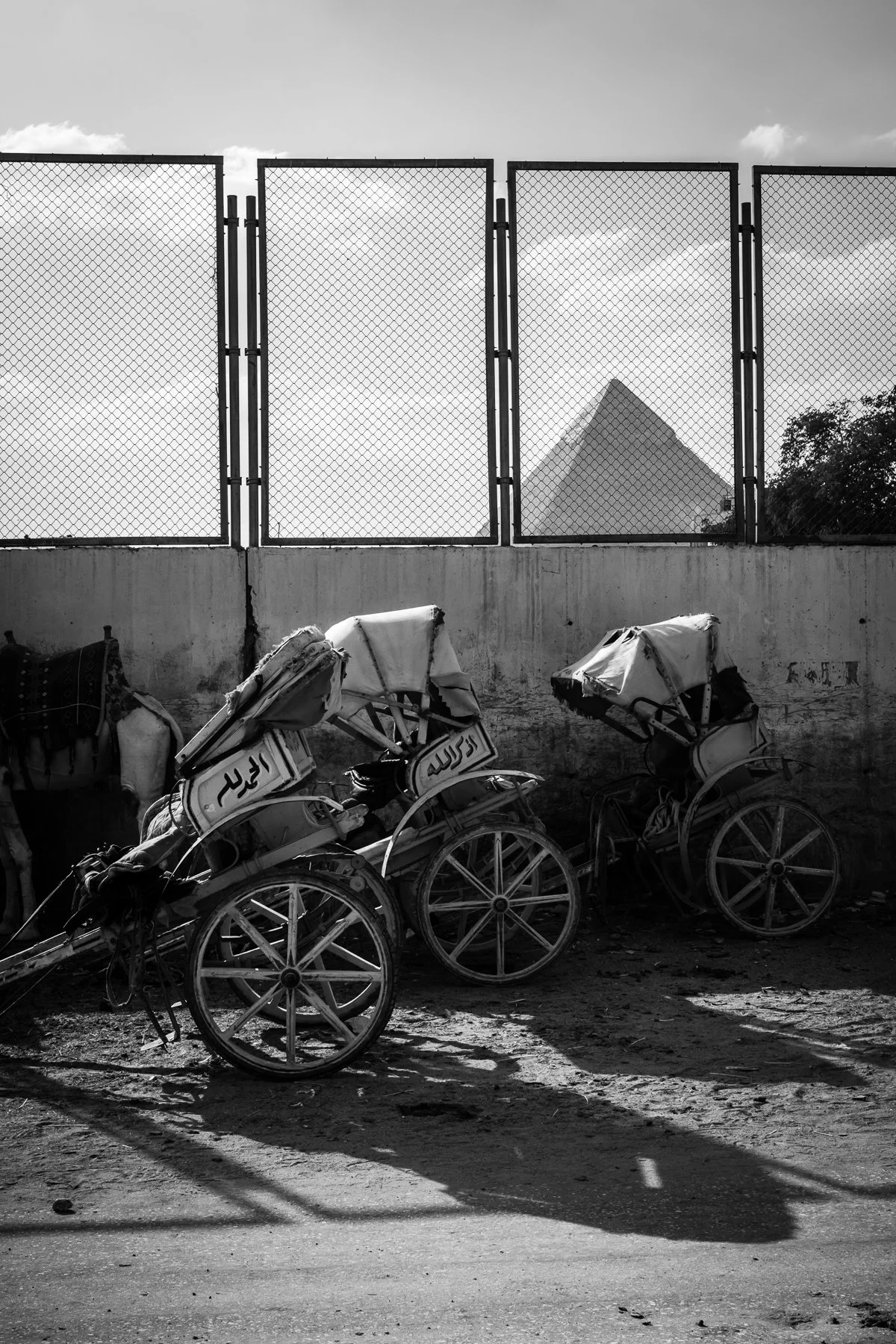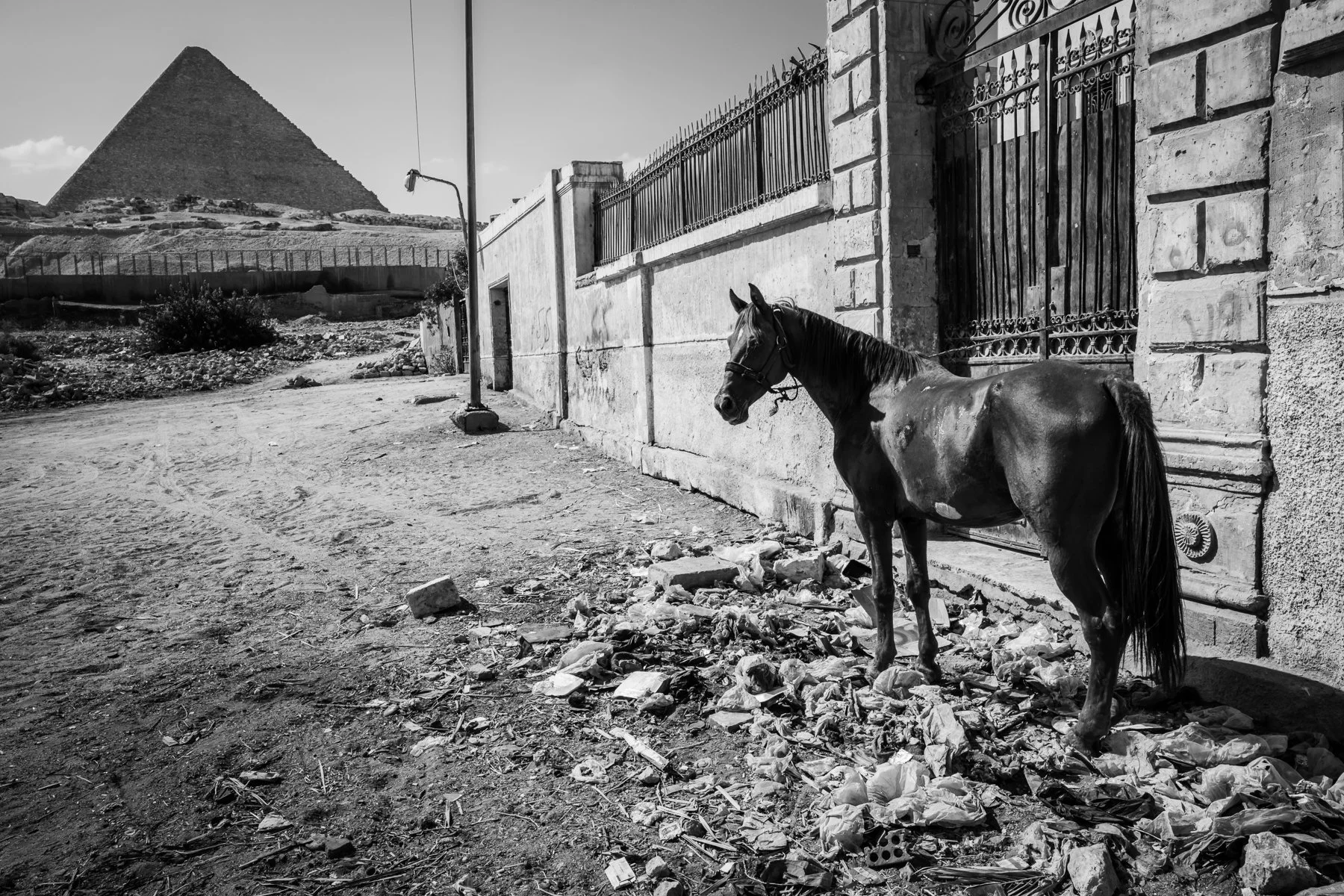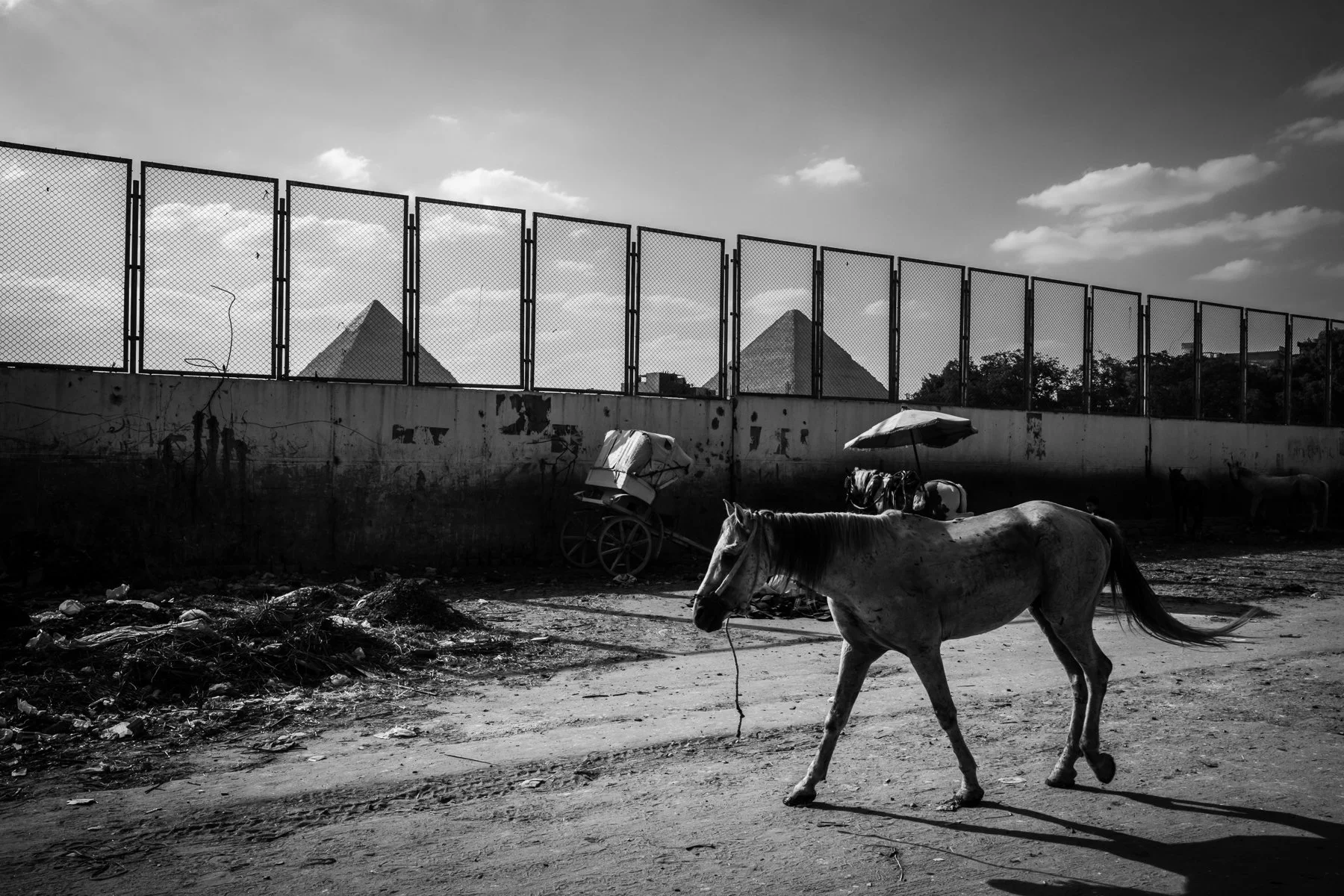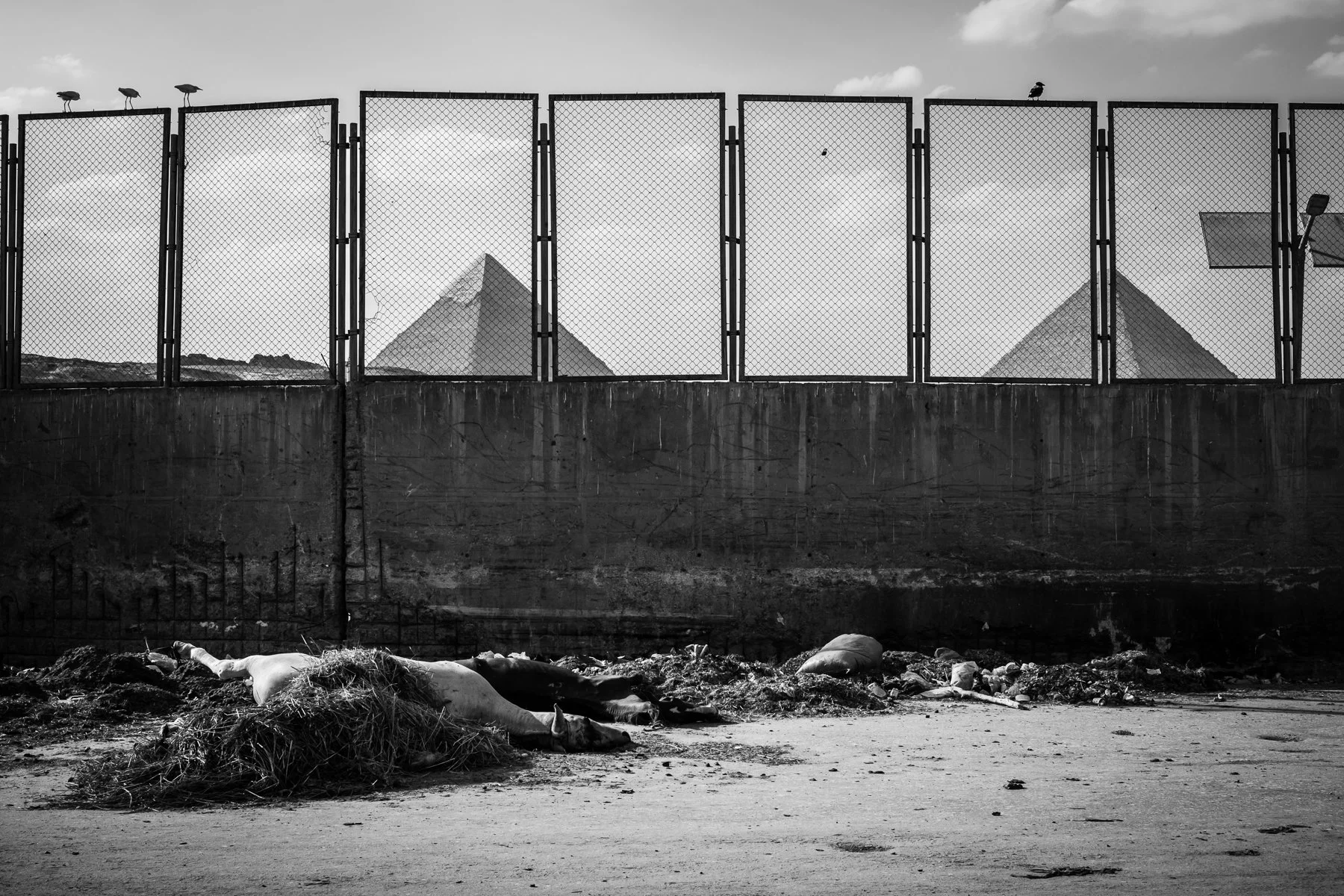The Forgotten Side of Giza unveils a reality hidden behind the magnificence of one of the world’s most iconic landmarks. Every year, millions of tourists flock to marvel at the pyramids, capturing the perfect image of their silhouette against the sky. Yet, few look beyond the golden frame of the desert. Behind the illusion of timeless grandeur, in the shadows of mass tourism, lies another Giza—one defined by poverty, exploitation, and neglect.
Just steps away from the towering necropolis, local communities struggle to survive in harsh conditions. For them, proximity to one of the world’s wonders has not brought opportunity or prosperity. Instead of benefiting from the wealth that tourism generates, many rely on precarious, low-paying jobs. Unlicensed guides, street vendors, and carriage drivers fiercely compete for visitors’ attention, while others work in hotels and restaurants without contracts or security. The promise of tourism as an engine of economic growth has failed them, leaving generations trapped in uncertainty and hardship.
But it is not only people who suffer in this forgotten side of Giza. Animals used for tourist entertainment pay an equally cruel price. Horses and camels, often malnourished and sick, are forced to carry visitors without rest under the scorching desert sun. Their emaciated bodies bear the marks of exhaustion, telling stories of abuse—and in some cases, death. It is not uncommon to find the remains of those that could not endure, abandoned in the sand, blending into the landscape as if they were never there.
Through this series, The Forgotten Side of Giza challenges the romanticized vision of this historic destination, exposing the stark contradictions that lie beneath its grandeur. It is not just about pyramids and temples—it is about the lives that exist alongside them, unseen by most. These images serve as a reminder that the past should not overshadow the dignity of the present and that behind every postcard-perfect scene, there is a reality that demands to be acknowledged.
